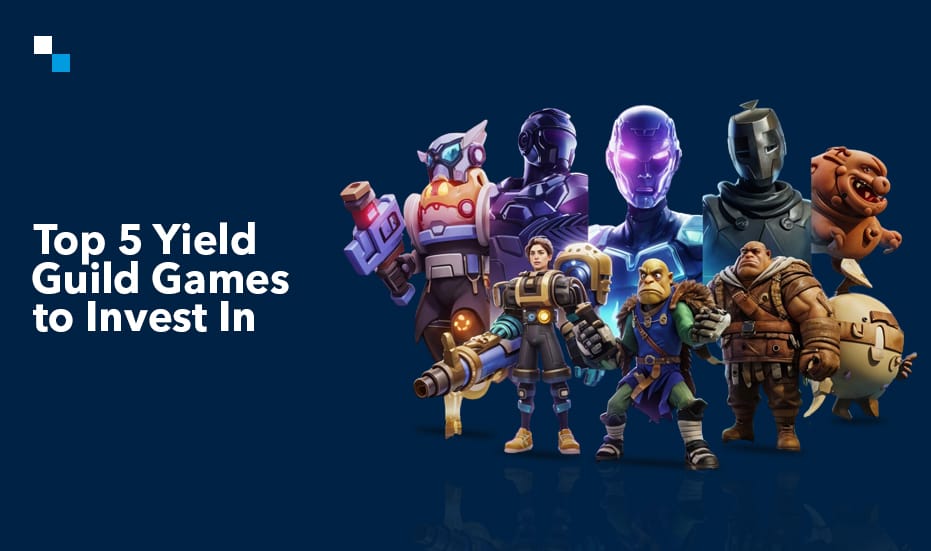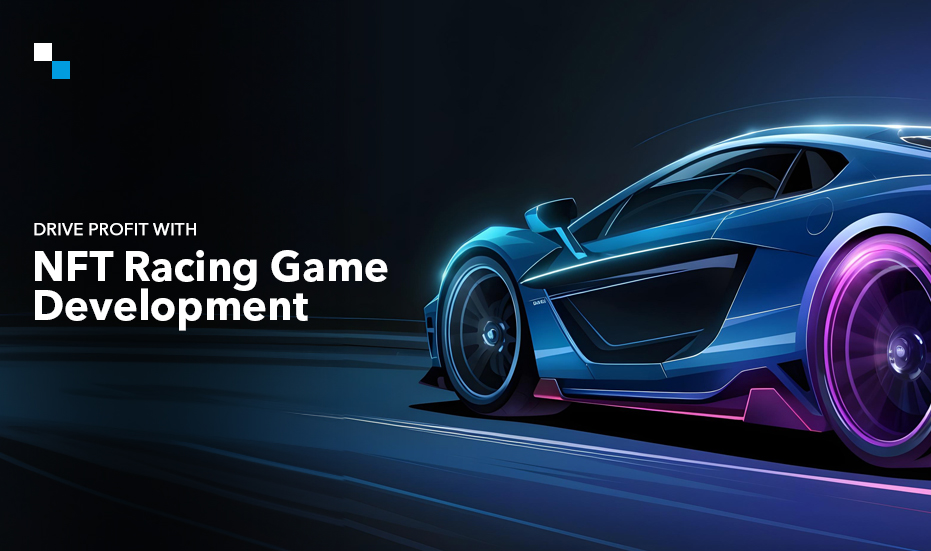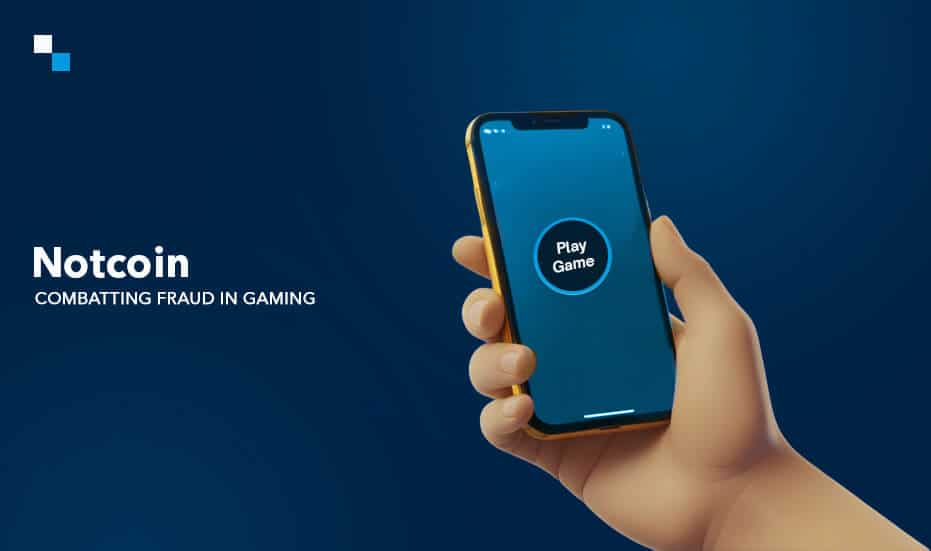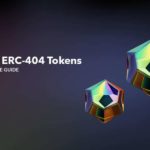In today’s digital age, the emergence of NFT marketplace art has completely revolutionized the art world by allowing artists to tokenize and sell their work on digital platforms. Artists can showcase and sell their unique pieces to a global audience through the NFT marketplace for art. As the trend of selling NFTs is growing increasingly, NFT marketplaces must provide artists with the best features and tools to enhance their experience and maximize their success.
Let’s discuss the top 12 features that should be included in an NFT marketplace for artists.
1. Customizable Profiles
Artists are known for their unique styles and personalities, and an NFT marketplace needs to provide them with customizable profiles. The marketplace should allow artists to personalize their profiles, and create a distinct online presence that reflects their brand. It will make it easier for art enthusiasts to discover and connect with their favorite artists.
2. Easy-to-Use Interface
An intuitive and user-friendly interface is crucial for artists to navigate through the NFT marketplace art effortlessly. Artists should be able to easily upload their artwork, set prices, and manage their listings without any technical difficulties. A streamlined interface eliminates unnecessary frustration and allows artists to focus on their creativity.
3. Enhanced Discoverability
A vast number of artists, art lovers, and investors visit NFT marketplaces. Therefore, it is essential to add features on an NFT marketplace for art that enhance discoverability. An effective search function, advanced filtering options, and curated collections can help art lovers find the perfect piece they are looking for, while also promoting artists who deserve recognition.
4. Robust Security Measures
Artists invest time and effort into creating unique artworks, and an NFT marketplace must provide robust security measures to protect their intellectual property. Implementing blockchain technology and decentralized storage ensures that artists’ work remains secure and immutable. It helps to prevent any unauthorized reproduction or alteration.
5. Smart Contracts and Royalties
Smart contracts are a vital component of NFTs, and an NFT marketplace for artists should integrate them to facilitate seamless transactions. Additionally, the marketplace should also enable artists to earn royalties through future sales of their artwork. This feature ensures that artists continue to benefit from the appreciation of their work even after the initial sale.
6. Integration with Payment Gateways
A seamless integration with popular payment gateways simplifies the buying process for collectors and ensures timely payments for artists. Supporting various cryptocurrencies and traditional payment methods widens the potential customer base and provides convenience for both buyers and sellers.

7. Minting and Listing Flexibility
Artistic expression knows no bounds, and an NFT marketplace art needs to offer flexibility in minting and listing options. Artists should have the freedom to choose between fixed-price listings, auctions, or even limited editions. This allows them to experiment with different selling strategies and cater to the diverse preferences of potential buyers.
8. Integrated Analytics
Data is invaluable when it comes to making informed decisions. An NFT marketplace that provides artists with integrated analytics allows them to gain insights into the performance of their artwork, track sales, and understand their audience demographics. This information enables artists to refine their marketing strategies and create artwork that resonates with their target audience.
9. Transparent Fee Structure
Artists deserve transparency when it comes to fees associated with selling their artwork on an NFT marketplace for art. Clearly outlining the fees involved, whether it’s a percentage of the sale or transaction fees, ensures that artists can accurately calculate their profits and make informed decisions when pricing their artwork.
10. Licensing and Copyright Protection
Artists invest their time and creativity in producing unique digital artworks. Therefore, an NFT marketplace needs to include licensing and copyright protection features. This enables artists to specify the terms of use for their creations and protect their intellectual property rights from unauthorized use or reproduction.
11. Mobile Accessibility
In today’s fast-paced world, mobile accessibility is crucial for any online marketplace. Artists should be able to access and manage their listings on the go. A mobile-friendly interface enables artists to respond to inquiries, track sales, and upload new artwork from their smartphones, making it more convenient and efficient.
12. Community Engagement
A thriving community is vital for any NFT marketplace for artists. Creative people should have the opportunity to engage with fellow artists, collectors, and enthusiasts. Features such as forums, chat groups, and social media integration foster a sense of community and encourage collaboration, which can lead to increased exposure and opportunities for artists.
Final Words
A successful NFT marketplace for artists should prioritize customizable profiles, an easy-to-use interface, enhanced discoverability, robust security measures, smart contracts and royalties, community engagement, minting and listing flexibility, integrated analytics, transparent fee structures, and ongoing support and education.
Antier’s team can help implement these features in your NFT marketplace for art where the artists to showcase their talent, and connect with a global audience. Get started today and revolutionize the way artists monetize their talent.





